Spelsberg Electrical Installation
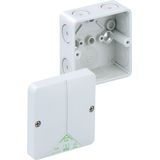



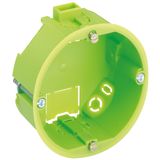
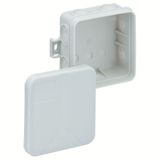
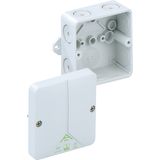
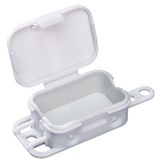

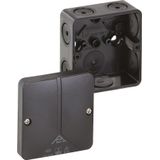
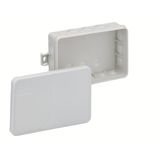

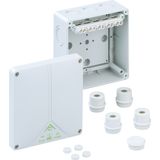

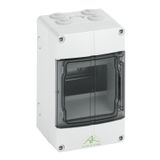
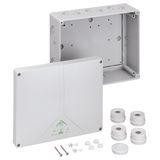

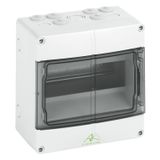

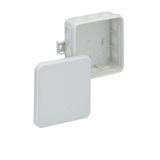
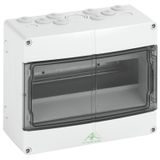



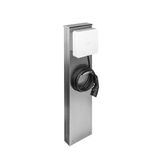
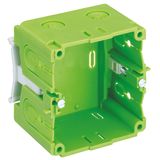
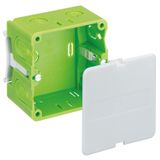


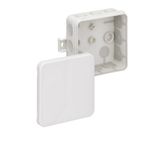
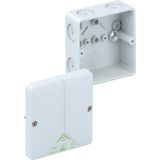

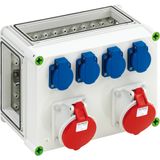


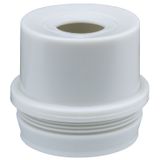
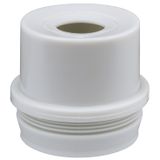

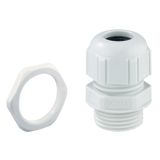
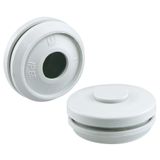


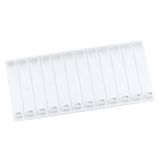



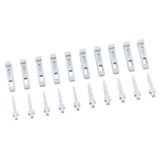
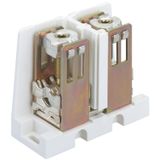
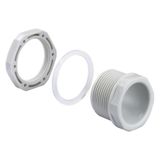
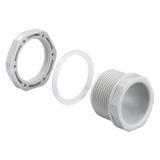
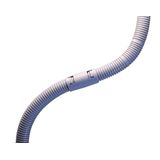
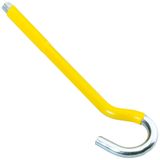

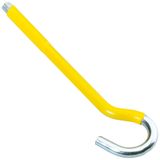
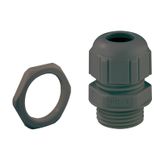
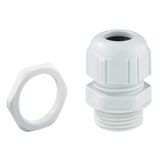

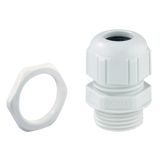


Spelsberg installation materials portfolio
Spelsberg’s catalog centres on robust junction boxes and enclosures that ship ready for site use: ABS/PC housings (AK/TK), compact Abox and RK terminals for branch circuits, fire-resistant WKE junction boxes for functional integrity (E30–E90), and GEOS outdoor bodies for harsh weather. Sizes run from palm-sized 85×85 mm up to multi-module cabinets with clear or solid lids. Typical ingress classes are IP54–IP67, impact IK07–IK10, and plastics in PC/PA/ABS meet glow-wire 650–960 °C depending on the series. Many boxes arrive with pre-fitted grommets, membrane entries, or threaded M20/M25 bosses, so installers don’t lose time hunting adapters.
Spelsberg mounting systems for enclosures and rails
Inside the housings, you’ll find 35 mm DIN rail kits, perforated mounting plates, and depth adapters that let contactors, relays, and meters land without awkward standoffs. Rail spans cover 100–600 mm with deflection tables for device lines up to several kilograms. Wall and pole brackets in galvanized steel or stainless secure GEOS/IP66 bodies outdoors; levelling spacers correct rough masonry so doors shut without twist. Pre-drilled copper/PE bars and marked terminal strips reduce wiring hours and keep torque windows consistent across panels.
Series and collections installers reach for
- Abox: the everyday junction box with quick membrane entries—IP65/66. Great for lighting spurs and small plant drops.
- WKE: fire-resistant junction boxes tested for circuit integrity (E30–E90) with ceramic terminals; used on smoke extract, fire alarm loops, and emergency lighting spines.
- GEOS: UV-stabilised outdoor enclosures with labyrinth seals, drain/vent options, and stainless fixings—ideal for rooftops and façades.
- TK/AK: modular ABS/PC enclosures for control gear, with clear lids, hinge kits, and lockable latches.
- IBT system: in-concrete boxes and accessories for cast-in installations, saving drill time after pour.
Each family carries matched lids, hinges, locks, glands, and rail/plate kits so one order builds a complete assembly.
Spelsberg conduit systems and cable protection
For routing, the range includes compression glands (M16–M40) in polyamide, nickel-plated brass, and EMC 360° clamp versions; IP68 options are available with anti-vibration seals. Corrugated flexible conduits and snap-in bushings protect runs through sharp cut-outs, while stepped grommets bridge odd diameters without re-punching. Corner adapters, reducers, and breathable vents manage pressure and condensation in sealed enclosures. When drawings call for long exterior drops, UV-stable fittings and strain-relieved cable grips keep jacket creep under control.
Terminal technology and wiring detail
Screw, spring-cage, and ceramic terminal blocks arrive pre-rated for 2.5…16 mm² with printed numbering and test points. Multi-pole bridges allow fast looping; PE jumpers are colour-coded. On WKE boxes, heat-proof ceramics maintain clamp force during a fire; on Abox, elastic membranes maintain IP after multiple re-entries. Marking options—clip-in labels, laserable plates, and QR tags—help maintenance track circuits cleanly. This is the layer most specifiers refer to when they write spelsberg wiring components into a schedule.
Spelsberg installation hardware standards and ratings
Enclosures align with IEC/EN 62208 and box requirements in IEC/EN 60670/-22; luminaires and controls assembled inside follow EN/IEC 60598-1 rules. Shock/impact per IEC 62262 (IK), ingress per IEC 60529 (IP). Plastics are documented to UL 94 (V-2/V-0) and glow-wire IEC 60695-2-11/-12. Temperature windows typically −25…+60 °C for ABS/PC, with derating notes for sun-exposed GEOS bodies. Where EMC matters, braid-clamp glands provide a low-impedance 360° bond at the entry plate.
Interfaces, lids, and sealing choices
Clear PC lids support inspection and meter reading without opening; opaque lids hide terminations in public zones. Hinged frames and quarter-turn locks speed repeat access; tamper-proof screws are available for common sizes. Flat and stepped lids manage extra rail depth, and silicone/EPDM gasket kits are re-orderable so IP ratings survive multiple services. End-plates, blind grommets, and pressure-equalising vents complete sealed builds.
Application fit by series (quick cues)
- Corridors, risers, and lighting rings: Abox with membrane entries = fast spur work.
- Emergency and safety circuits: WKE with ceramic blocks and red covers to separate fire-rated routes.
- Rooftops/plant rooms: GEOS with stainless fixings, drain/vent plugs, and UV-stable glands.
- Compact control points: TK/AK with DIN rail, viewing windows, and toggle-safe latches.
On combined drawings for spelsberg electrical installation, keep power and control segregated with profile dividers or separate boxes to preserve EMC and maintenance access.
Accessory ecosystem you’ll actually use
Cable glands (PA/brass/EMC), reducer rings, stepped grommets, earthing kits, terminal bridges, and label sets ship under spelsberg installation accessories so site teams can kit each box per room or zone. The same families include wall/pole brackets, offset plates, and hinge/lock upgrades that match the enclosure finish and hole geometry.
Selection checklist for planners
- Series & IP/IK: Abox vs GEOS vs WKE; pick ingress/impact for the room class.
- Entry style: membranes for speed, threaded bosses for gland discipline, EMC gland where screens land.
- Terminals: cross-section, temperature class (standard vs ceramic), and loop/bridge need.
- Mounting: rail vs plate, hinge/lock options, wall or pole bracket where needed.
- Environment: UV load, wash-down, condensation; add vents/drains accordingly.